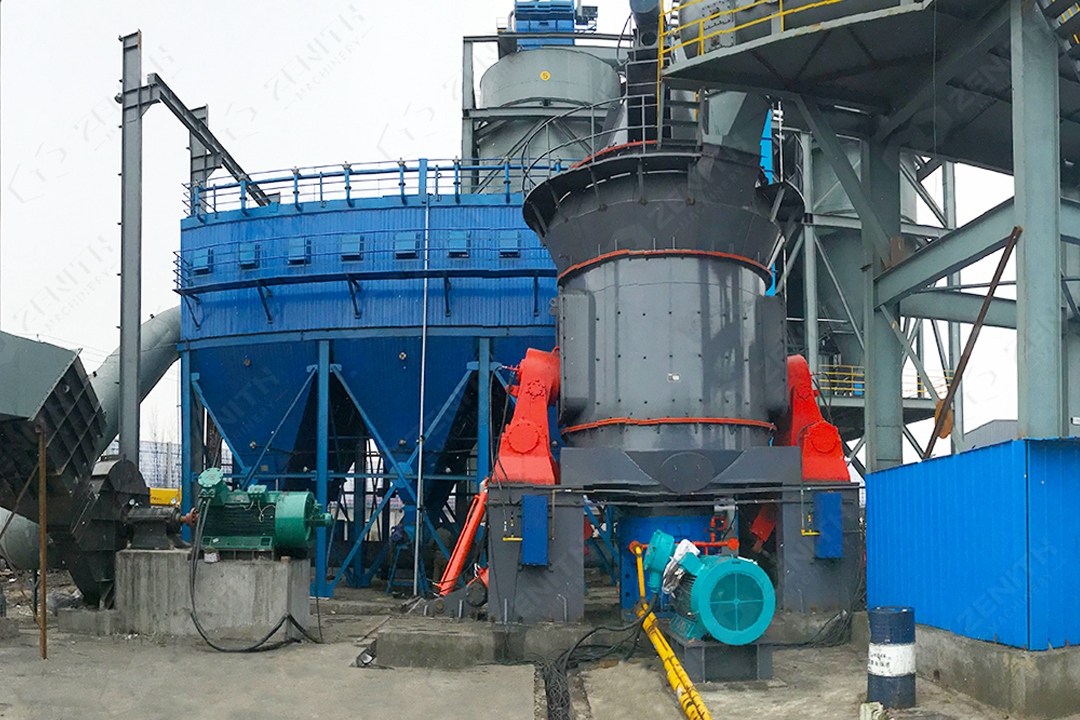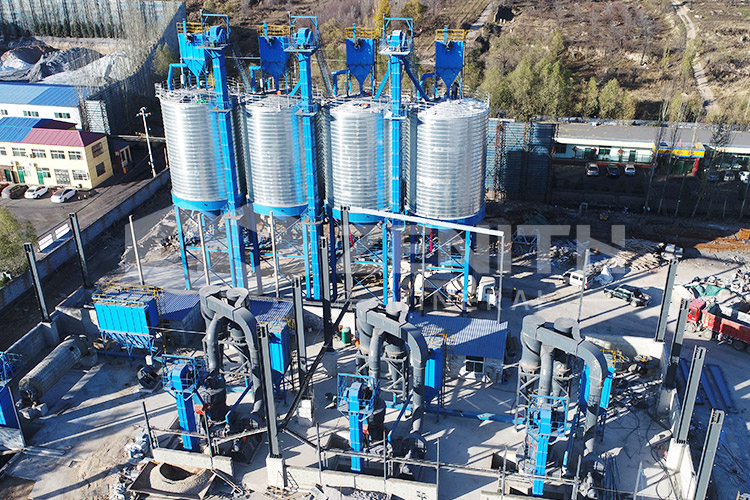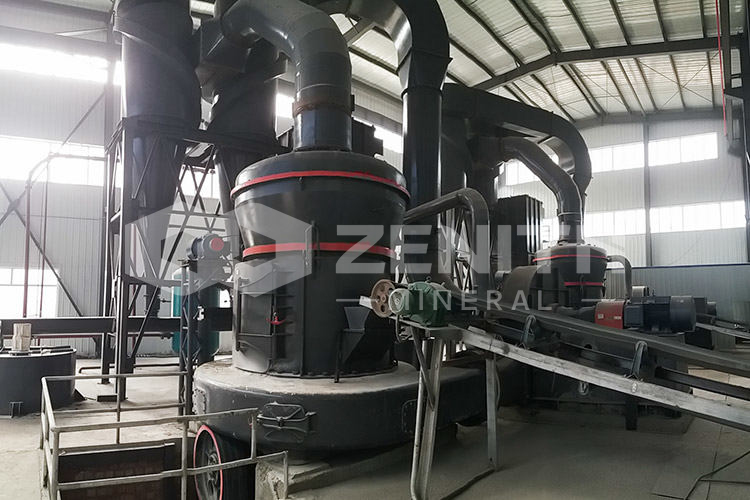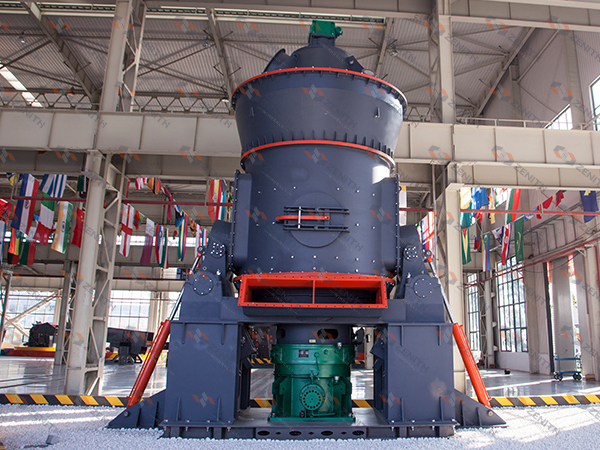Limestone desulfurization agent preparation process
2025-11-08 11:24:26
In the ongoing global effort to reduce industrial emissions, flue gas desulfurization (FGD) remains a critical process for power plants and industrial facilities worldwide. At the heart of this environmental technology lies limestone, a naturally abundant mineral that serves as the primary reagent for capturing sulfur dioxide. The effectiveness of this process, however, depends significantly on the quality and characteristics of the limestone powder used.
_1762572266926.jpg)
The preparation of limestone desulfurization agent requires precise engineering to achieve the optimal particle size distribution, surface area, and reactivity. Traditional grinding methods often fall short in delivering the consistent quality needed for maximum SO₂ absorption efficiency. This is where advanced grinding technology from Zenith Machinery demonstrates its superior capabilities, offering tailored solutions for every stage of limestone preparation.
Understanding Particle Size Requirements for Effective Desulfurization
Research and industrial practice have consistently shown that limestone particles between 200-400 mesh (74-37 microns) provide the ideal balance between reaction kinetics and slurry stability. Finer particles increase the surface area for chemical reaction but can create handling challenges, while coarser particles may settle too quickly or react incompletely.
Our MTW European Trapezium Mill stands out as an exceptional solution for producing the 80-400 mesh fine powder required for most wet FGD systems. With capacities ranging from 3-22 T/H and the ability to process input sizes up to 35mm, this system provides the flexibility needed for various limestone sources and plant requirements.
_1762572266929.jpg)
Energy Efficiency: A Critical Factor in Operational Economics
One of the most significant advancements in modern grinding technology is the dramatic improvement in energy efficiency. Our MTW and MTM series trapezium mills consume more than 60% less energy compared to traditional ball mills of the same capacity. This translates to substantial operational cost savings, particularly important for continuous FGD operations where grinding represents a major portion of the auxiliary power consumption.
The working principle of these mills ensures optimal energy utilization. After crushing, qualified materials enter the main grinding chamber where they're efficiently pulverized. The integrated powder classification system then separates particles by size, returning coarse material for regrinding while collecting the precisely sized finished product.
Vertical Grinding Solutions for Large-Scale Applications
For major power plants and industrial complexes requiring high-volume limestone preparation, our LM Vertical Grinding Mill offers unparalleled performance. With capacities reaching 340 T/H and the ability to operate continuously for 24 hours, this system meets the demands of the most challenging FGD applications.

The vertical design provides several distinct advantages for desulfurization agent preparation. The compact footprint reduces installation space by approximately 50% compared to ball mill systems, while the negative pressure operation ensures dust-free performance – a critical consideration for environmental compliance beyond the FGD system itself.
Ultrafine Grinding for Advanced Desulfurization Technologies
As desulfurization technologies evolve, particularly in semi-dry and dry FGD systems, the demand for ultrafine limestone powder has grown significantly. Our LUM Ultrafine Vertical Grinding Mill and XZM Ultrafine Grinding Mill address this need with the capability to produce powders ranging from 325 mesh to an impressive 3250 mesh.
These advanced systems integrate powder grinding, separation, and transportation into a single, efficient package. The LUM mill, incorporating German powder separating technology and Taiwanese grinding roller expertise, delivers energy savings of 30-50% compared to conventional ultrafine grinding equipment.
_1762572266941.jpg)
Coarse Powder Preparation: The First Step in the Process
Before fine grinding can occur, limestone must be reduced from quarry-sized pieces to manageable dimensions. Our HM Series Hammer Mill excels in this preliminary stage, producing 0-3mm coarse powder with exceptional efficiency. The optimized cavity design and unique operating principle ensure stable performance and high grinding ratios, making it ideal for the initial size reduction phase.
The hammer mill's ability to handle input sizes up to 50mm provides flexibility in raw material handling, while the high manganese steel lining ensures durability in the face of abrasive limestone feed.
Comprehensive System Integration and Environmental Compliance
Beyond individual grinding equipment, successful limestone desulfurization agent preparation requires careful system integration. Our solutions incorporate comprehensive dust collection, material handling, and automation systems to create complete, turnkey operations.
Each system operates under controlled pressure conditions and includes pulse dust collectors that meet international environmental standards. The automated control systems enable remote operation and monitoring, reducing labor requirements while maintaining consistent product quality.
_1762572266947.jpg)
With certifications including ISO international quality standards, European Union CE certification, and Customs Union CU-TR certification, our equipment meets the rigorous requirements of global environmental projects. Our international presence across 180 countries, with overseas offices in more than 30 nations, ensures local support and technical expertise wherever your project is located.
The preparation of limestone desulfurization agent represents a perfect intersection of environmental technology and industrial processing expertise. By selecting the appropriate grinding technology and optimizing the entire preparation process, operators can achieve maximum desulfurization efficiency while minimizing operational costs and environmental impact.
Frequently Asked Questions
What is the optimal fineness for limestone used in wet FGD systems?
For most wet flue gas desulfurization systems, limestone powder between 200-400 mesh (74-37 microns) provides the ideal balance between reaction rate and slurry stability. Our MTW and MTM series mills are specifically designed to produce this range efficiently.
How does grinding technology affect desulfurization efficiency?
Proper grinding creates particles with high surface area and optimal size distribution, which significantly improves the reaction kinetics with sulfur dioxide. Advanced grinding systems can increase limestone utilization rates by 15-25% compared to poorly prepared material.
What are the energy consumption differences between grinding technologies?
Modern trapezium and vertical grinding mills consume 30-60% less energy than traditional ball mills for the same output. Our MTW series, for example, demonstrates over 60% energy savings while maintaining product quality.
Can the same equipment handle different limestone sources?
Yes, our grinding systems are designed to accommodate variations in limestone hardness and composition. The adjustable grinding parameters and modular designs allow optimization for different geological sources without equipment modification.
What environmental controls are integrated into your grinding systems?
All our systems operate under negative pressure with integrated pulse jet dust collectors, ensuring no dust emissions. Noise control measures and vibration isolation are standard features to meet strict environmental regulations.
How does automation improve limestone preparation consistency?
Automated control systems maintain consistent operating parameters, monitor equipment performance, and adjust for variations in feed material. This results in stable product quality with minimal operator intervention and reduced labor costs.
What maintenance requirements should we expect?
Our grinding systems feature accessible design with reversible wearing parts and hydraulic adjustment systems. Typical maintenance intervals range from 6-12 months for routine service, with major overhauls required only after several years of operation.








